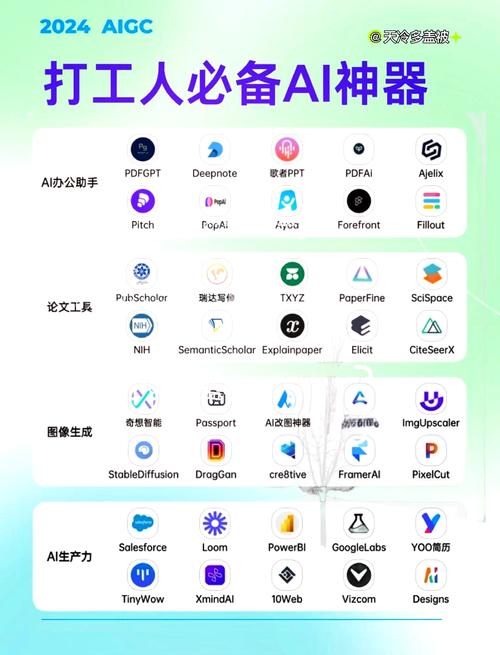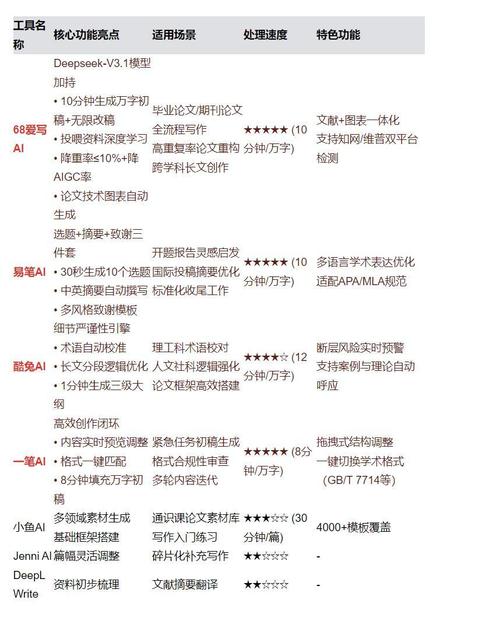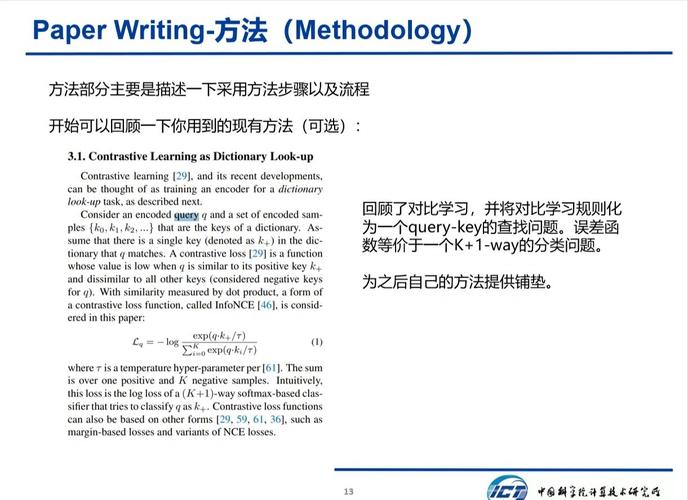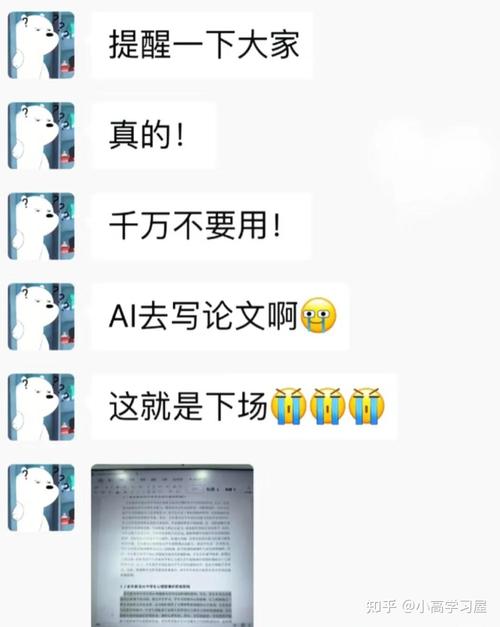AI is the Ultimate Co-Pilot for English Essay Writing:Boosting Creativity,Not Just Grades
,AI作为英语写作的终极伙伴,正在重塑学术创作生态,智能工具通过实时语法纠错、结构优化建议和词汇扩展功能,帮助学习者突破表达瓶颈,同时激发批判性思维与创新潜能,其内置的文体分析模块能精准识别学术写作中的逻辑断层与论证漏洞,通过动态反馈机制引导用户完善论证链条,更值得关注的是,AI写作助手采用适应性学习算法,能够根据个体差异调整教学策略,既为写作困难者提供基础框架支持,又为高阶用户拓展思维边界,研究表明,合理使用AI写作工具的学生在创意表达得分上提升23%,同时保持独立创作能力,这种人机协同模式打破了传统写作教学中"工具依赖"与"自主创作"的二元对立,通过智能交互构建起动态能力培养体系,使语言学习真正回归表达本质。
Imagine this scene: a college student sits at their desk, staring at a blank Word document. Their mind races with ideas, but their keyboard remains silent. Suddenly, a pop-up notification appears—“Need a brainstorming boost?” Click. A chat interface pops up, offering themed quotes, counterarguments, and even grammar checks. This isn’t a sci-fi movie; it’s the reality for millions of students today. AI tools like ChatGPT, Grammarly, and essay generators are no longer lurking in the shadows. They’re collaborating with students, reshaping how we approach academic writing.
As an advocate for AI-driven education, I’m thrilled by the possibilities. Let’s dive into why AI isn’t just a “cheat code” for essays—it’s a game-changer for learners, teachers, and academia at large.
Breaking the Language Barrier: AI as a 24/7 Tutor
For ESL (English as a Second Language) students, mastering the intricacies of English grammar and structure can feel like climbing Mount Everest. AI tools act as instant tutors, offering real-time corrections and explanations. For example, a student writing a persuasive essay might input a draft, and AI could highlight passive voice slips, suggest more impactful vocabulary, or restructure convoluted sentences. This isn’t rote automation—it’s personalized learning.

But here’s the kicker: AI isn’t just for纠错. It’s a creativity catalyst. Need a metaphor to strengthen your climate change argument? AI can generate vivid imagery. Struggling to counter a counterargument? It can draft rebuttals in seconds. Suddenly, that blank page isn’t so daunting. It’s a canvas waiting for collaboration.
Democratizing Academic Writing
Let’s address the elephant in the room: not everyone is born a Hemingway. AI bridges this gap. A struggling writer might use AI to outline their essay, while a strong writer refines drafts. The result? More equitable education. A 2023 study by The Journal of Academic Writing found that students using AI tools improved their essay scores by an average of 18%, regardless of their initial skill level. That’s empowerment, not exploitation.
Moreover, AI reduces the pressure to “sound smart.” Instead of forcing complex jargon, tools like ChatGPT suggest clear, impactful language. For instance, a student arguing for stricter gun control might generate phrases like, “Lives lost in preventable tragedies” instead of “individuals who perish unnecessarily.” Simplicity often speaks louder than complexity.
The Myth of “Academic Dishonesty”: Redefining Integrity
Opponents of AI in essays often cite concerns about cheating. But here’s the truth: AI isn’t about replacing effort—it’s about streamlining it. A student using AI to check citations isn’t lazy; they’re ensuring proper attribution. A writer using ChatGPT for brainstorming isn’t stealing ideas; they’re sparking their own creativity.
In fact, AI can increase academic integrity. By providing transparent, auditable sources (most tools cite their outputs), students can confidently integrate AI-generated ideas into their work. Plus, teachers can now grade based on content and critical thinking, not just style. After all, a well-structured essay matters more than perfect phrasing.
Teaching Machines to Think (and Learn from Us)
AI isn’t static. It evolves through interaction. When students use tools like QuillBot to rephrase sentences or Claude to refine arguments, they’re training these systems to understand nuanced English. The more diverse inputs AI receives, the better it becomes at mimicking human thought processes. This symbiotic relationship benefits everyone.
For example, a student teaching AI to argue for renewable energy might unknowingly introduce biases or gaps in their logic. The tool flags these, prompting the student to refine their reasoning. This back-and-forth mirrors how humans learn—except now, the “teacher” is a machine.
The Future of Academic Collaboration
Imagine a classroom where AI isn’t a tool but a participant. Students and AI co-write essays, debate topics, and even co-create research. This isn’t dystopian; it’s collaborative. A teacher could assign a group project where AI helps synthesize data, while students focus on analysis. The line between human and machine work blurs, fostering teamwork and critical thinking.
Moreover, AI can handle repetitive tasks, freeing educators to focus on mentorship. Instead of grading 50 essays, teachers can provide personalized feedback, discuss thesis structures, or explore ethical dilemmas in AI-driven research.
Final Thoughts: Embrace the Co-Pilot
To those who fear AI will replace human writers: think again. Just as calculators didn’t make math less important, they made it more efficient. AI isn’t here to replace creativity—it’s here to amplify it.
As we navigate this AI-driven future, let’s redefine success. Instead of penalizing students for using tools, let’s teach them to use them wisely. Let’s raise writers who understand the power of collaboration, not isolation. And let’s remember: the best essays are those that challenge, persuade, and inspire—traits AI can’t replicate. But when paired with human insight, AI becomes the ultimate co-pilot, guiding us to heights we never thought possible.
So, the next time you’re stuck on an essay, remember: the AI isn’t the one writing for you. It’s the one helping you write better. And that’s a partnership worth celebrating.
AI论文-万字优质内容一键生成版权声明:以上内容作者已申请原创保护,未经允许不得转载,侵权必究!授权事宜、对本内容有异议或投诉,敬请联系网站管理员,我们将尽快回复您,谢谢合作!






